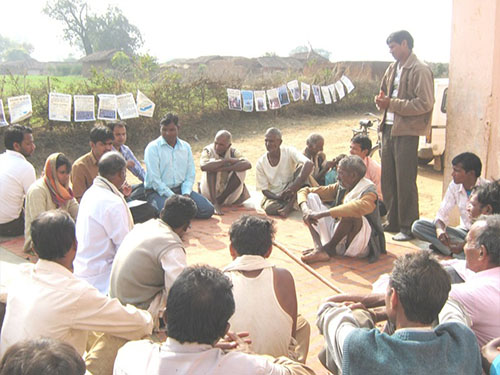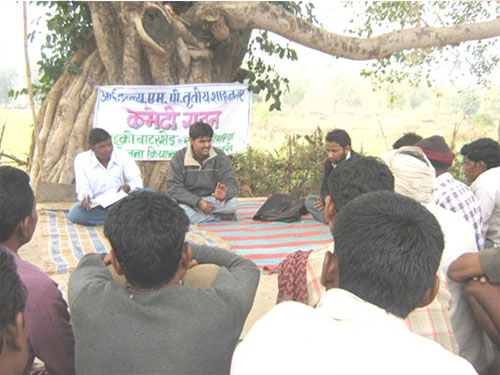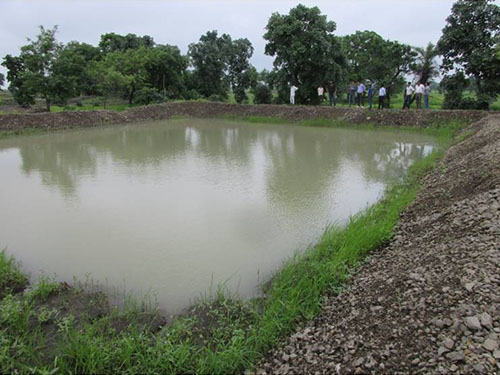The core expertise of Vibhavari is Watershed Management
Transforming Lives and Community-Led Water Conservation
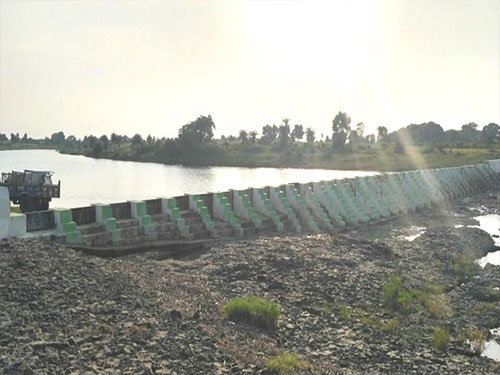
Watershed
The core expertise of Vibhavari is Watershed Management. Vibhavari has worked in areas where natural challenges like very low groundwater level, extensive soil erosion, less productive agricultural land, etc., were in glaring existence. By incorporating a well-planned strategy and encouraging community participation, Vibhavari succeeded in bringing desired changes and thus bringing livelihood in these areas. Panpat success story is a remarkable example of Vibhavari’s efforts.
More than 75,000 farmer families have been benefited from various watershed projects in over 199 villages with increased ground water level and effective irrigation facilities. As a result, increase in irrigated land went up to 95,971 hectare in rain fed area and income went up 10 to 12,000 per hectare.
Vibhavari’s Water Management Legacy
Vibhavari has established a strong and inspiring legacy in the field of water conservation and management. The organization has worked on the principles of innovation, community participation, and sustainable development to address water crises in both rural and urban areas.
Key Achievements
- Construction of Water Harvesting Structures
- Community Participation
- Groundwater Recharge and Improvement
- Training and Public Awareness
- Sustainable and Holistic Approach
Conclusion – Vibhavari’s journey in water management is not just a record of projects, but a vision and a people-driven movement. This legacy will serve as a guiding light for future generations and will help realize the idea that “Water is Life, Water is the Future.”
Our Projects
1. Panpat mili watershed (RGM-MP)– block Kannod district Dewas
2. Sulgoan mili watershed (RGM-MP)– block Khategoan district Dewas
Panpat & Sulgoan mili is a small village of Dewas district known for water scarcity. Situated in a hilly region where drinking water is not easily available, this area suffered water scarcity and barely afforded single non- irrigated crop a year. With majority population of small and marginalized farmers, people of the area used to stay unemployed for nearly 8 months a year resulting in high poverty. The water crisis was also at the root of multiple other social problems.
The local banjara women for the first time came to fore and formed a committee in panpat village. This was the first committee in watershed management consisting only female members in the state of M.P. The committee is still active and working for various development al issues like TSC, Gram Shiksha Samiti, PTA and many other developments – oriented missions related to rural areas. Panpat became a model of successful watershed project through community participation.
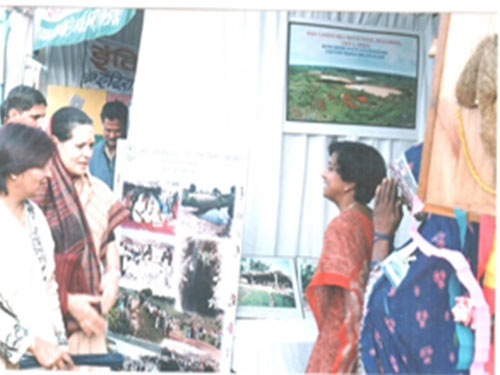
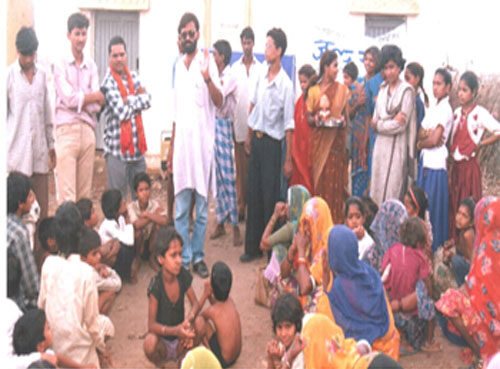
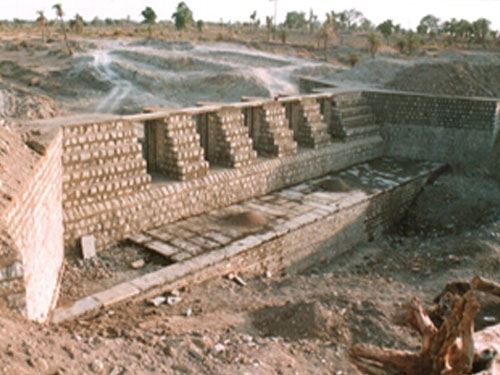
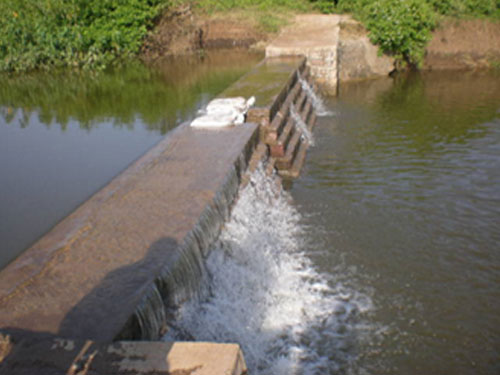
3. Gola Guthan mili watershed (RGM NREGA - MP)– block Kannod district Dewas
4. Barvai mili watershed (RGM NREGA - MP)– block Khategoan district Dewas
Vibhavari successfully implemented a watershed development program in 12 villages of Kannod and Khategaon blocks, Dewas district, with support from NREGA. The project was executed through labour-based activities in alignment with the guidelines of the Rajiv Gandhi Watershed Mission, aiming to improve soil and water conservation, enhance agricultural productivity, and support sustainable rural livelihoods
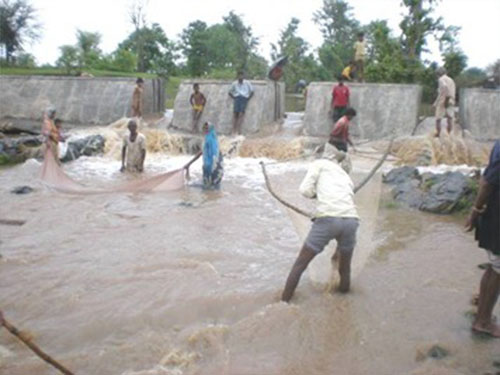
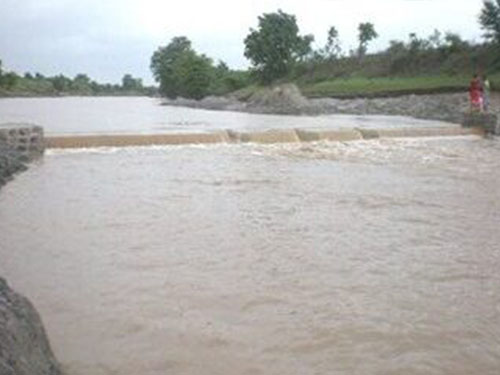
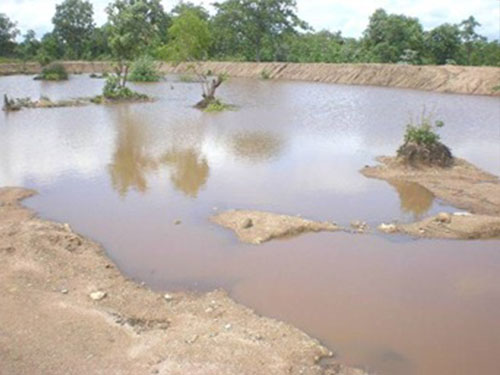
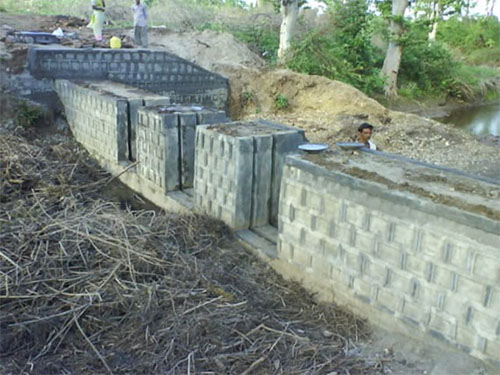
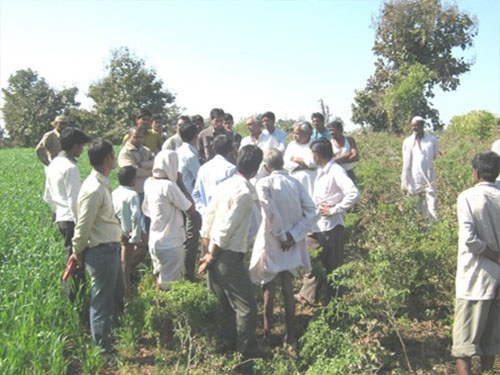
5. Sinhada mili watershed (RGM NREGA - MP)– block Khandwa district Dewas
6. Jamli mundi mili watershed (RGM NREGA - MP)– block Khandwa district Dewas
Vibhavari successfully implemented a watershed development program in 11 villages of Khandwa blocks, Khandwa district, with support from NREGA. The project was executed through labour-based activities in alignment with the guidelines of the Rajiv Gandhi Watershed Mission, aiming to improve soil and water conservation, enhance agricultural productivity, and support sustainable rural livelihoods
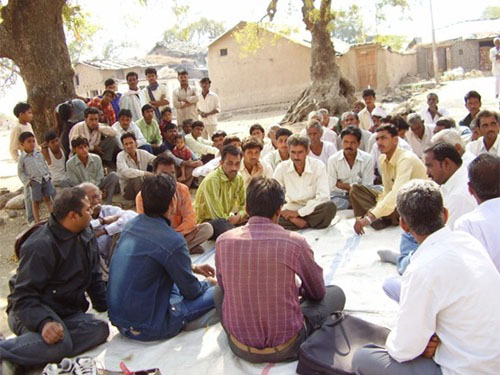
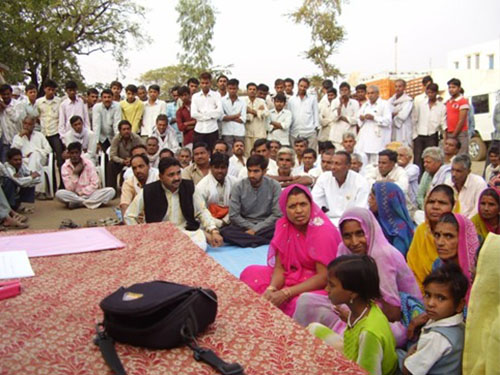
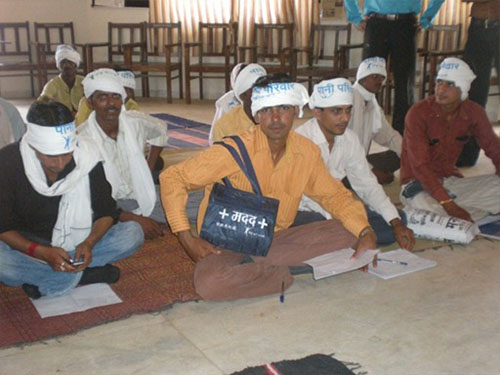
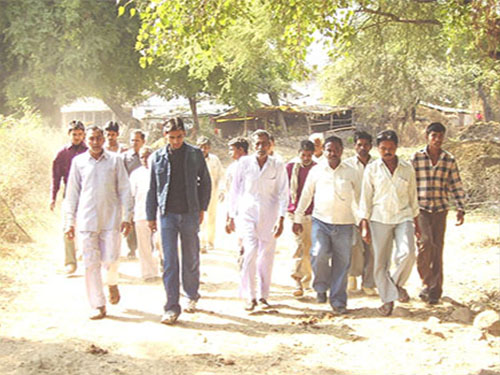
7. Suzlon CSR – block Dewas, district Dewas
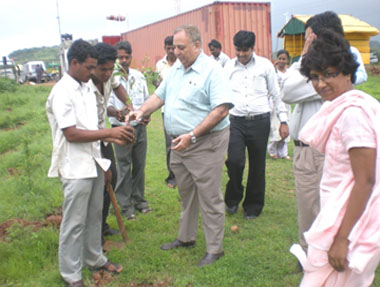
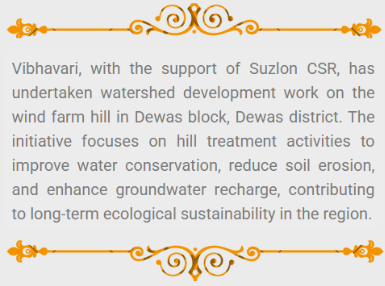
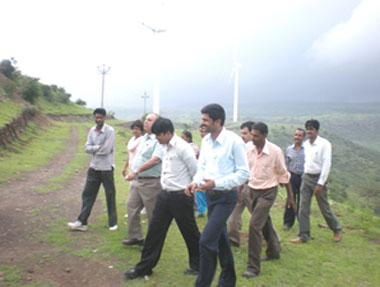
8. Narmada Samagra RGM – NREGA 10 Mili watershed block Kannod Khategoan district Dewas
Vibhavari has contributed to the Narmada Samagra initiative under the RGM–NREGA program in Kannod and Khategaon blocks of Dewas district by preparing a detailed project report (DPR) for watershed development. The project aimed to promote integrated watershed management for sustainable water conservation, soil health improvement, and enhanced agricultural productivity. Vibhavari conducted extensive field surveys, community consultations, and technical assessments to prepare a comprehensive DPR aligned with local geographical and socio-economic conditions. The report provided a roadmap for effective implementation of watershed activities under MGNREGA, ensuring long-term ecological benefits and improved livelihoods for the rural communities in the region.
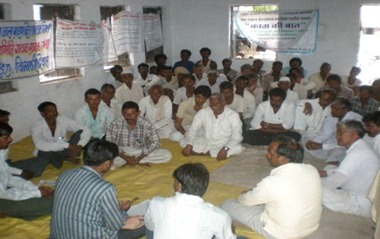
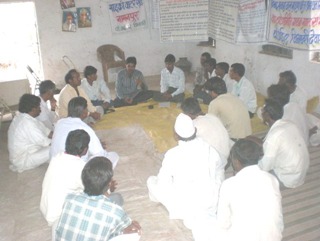
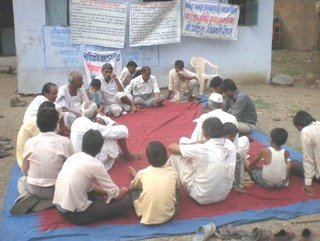
9. Ground water recharge, Mahindra and Mahindra CSR – block Dewas, district Dewas Finance ltd 2017-18.
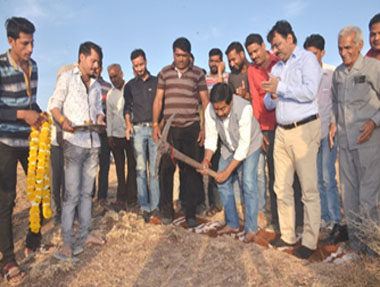
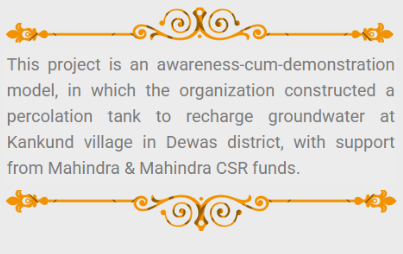
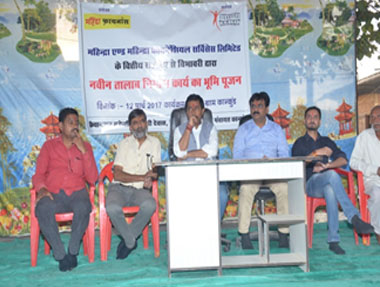
10. Samekit Micro Project NREGA block Kannod & Khategoan district Dewas
Vibhavari has actively worked on the Samekit Micro Project under the NREGA program in Kannod and Khategaon blocks of Dewas district, focusing on integrated watershed development. The organization played a key role in planning and implementing the Samekit Watershed Project, aiming to enhance water conservation, soil management, and sustainable agricultural practices in the region. Through detailed field assessments, community engagement, and technical support, Vibhavari developed and facilitated micro-level watershed plans tailored to the local terrain and resource needs. The initiative helped improve groundwater recharge, reduce soil erosion, and boost rural livelihoods by promoting sustainable natural resource management through community participation
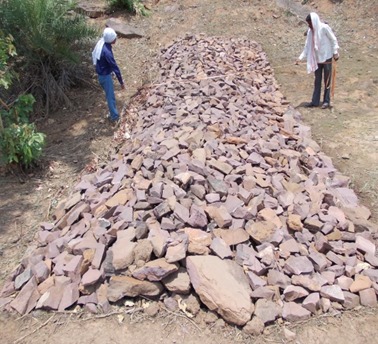
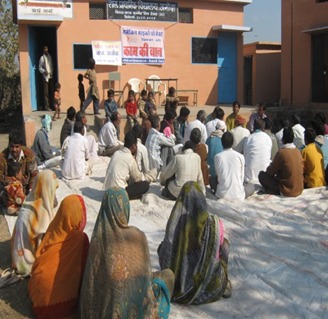
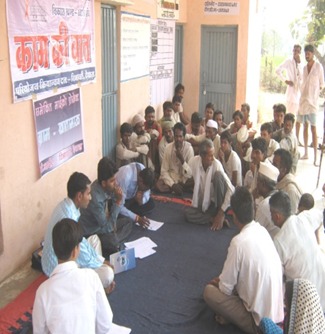
11. Samekit Micro Project NREGA block Panna district Panna
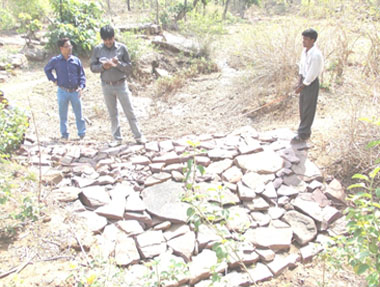
Vibhavari has actively worked on the Samekit Micro Project under the NREGA program in Panna blocks of Panna district, focusing on integrated watershed development. The organization played a key role in planning and implementing the Samekit Watershed Project, aiming to enhance water conservation, soil management, and sustainable agricultural practices in the region. Through detailed field assessments, community engagement, and technical support, Vibhavari developed and facilitated micro-level watershed plans tailored to the local terrain and resource needs. The initiative helped improve groundwater recharge, reduce soil erosion, and boost rural livelihoods by promoting sustainable natural resource management through community participation
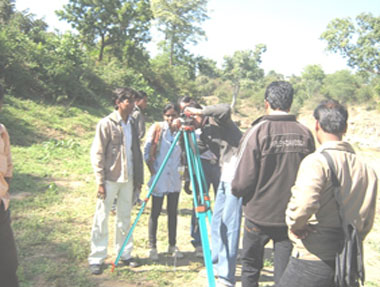
12. IWMP- 3 Shahnagar Watershed (RGM-MP) Block Shahnagar district Panna
Kalda Pathar is on the ridge of Shahnagar development block, the most distant part of Panna district. Vibhavari has implemented watershed projects in 8 tribal populated villages of this pathar. The worst, in terms of water scarcity, among these 8 villages was Basoda. People of this village used to travel 6 kilometers on foot to bring drinking water from Dhunwara Hills. Vibhavari started watershed work among people living in such extreme situations. About 6000 hectare land was treated by building stop – dams, ponds, farm ponds, gabion, farm tranches, loose boulders, etc
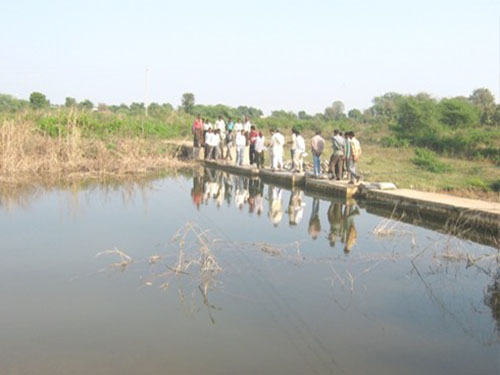
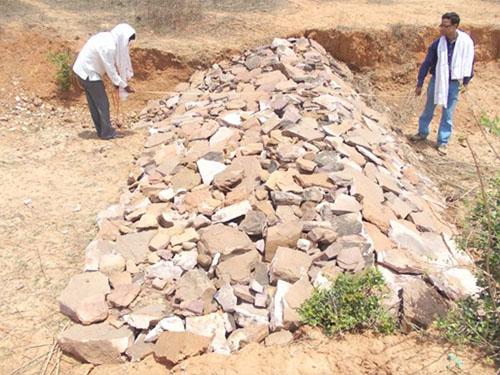
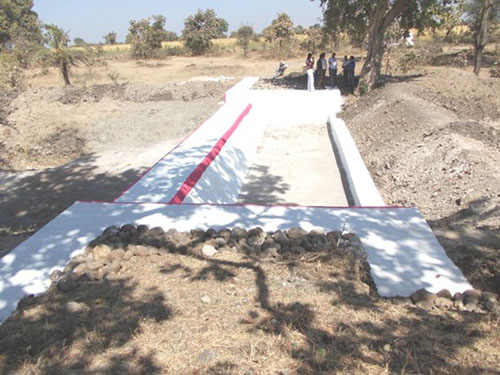
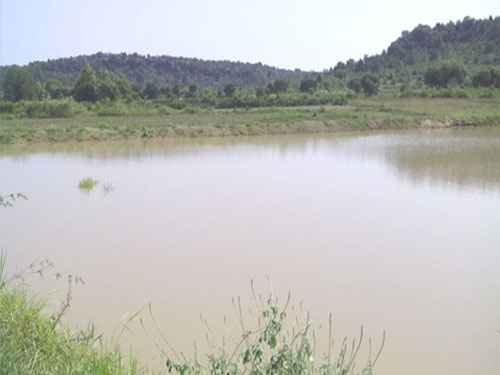
13. IWMP- 5 Panna Watershed (RGM-MP) Block Panna district Panna
Vibhavari has implemented watershed projects in 12 villages of Panna block in Panna district, focusing on some of the most water-scarce areas. The organization initiated watershed development work to support communities living in these challenging conditions. Approximately 5,630 hectares of land were treated through the construction of stop-dams, ponds, farm ponds, gabions, farm trenches, loose boulders, and other soil and water conservation structures.
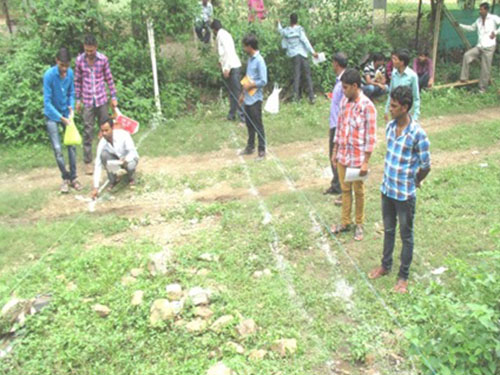
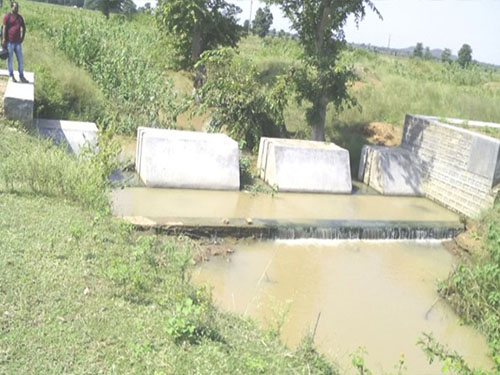
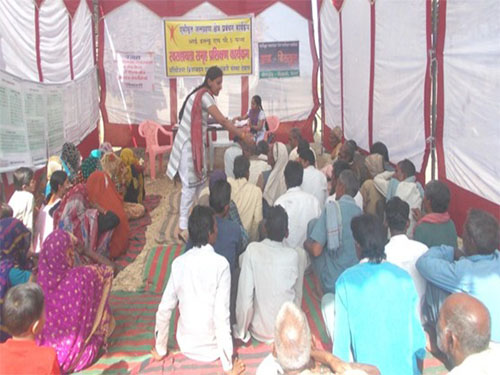
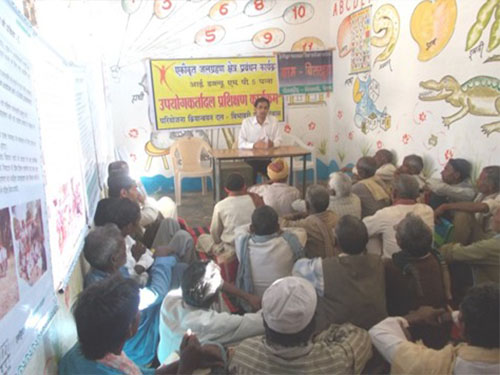
14. IWMP-5 Katthiwada (RGWM-MP) block Katthiwada district Alirajpur
The aim of this watershed project in the villages of a tribal belt in Madhya Pradesh is to increase the availability of water for irrigation, which will help farmers to grow two crops per year. This would lead to more jobs in agriculture and will reduce migration.
This area has been treated on the principles of Ridge to Valley of watershed technique, which included plantation, contour trench, gully plugging, loose boulder, gabion and stop-dam construction. Along with these structural constructions, various SHGs were formed for the generation of livelihood alternatives.
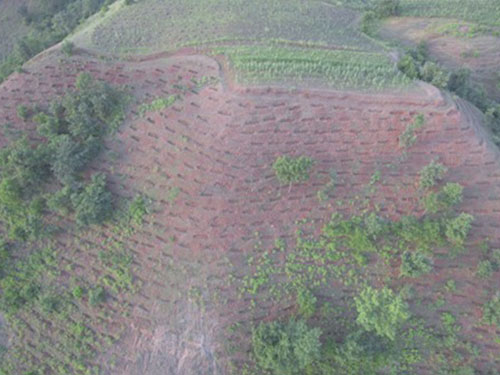
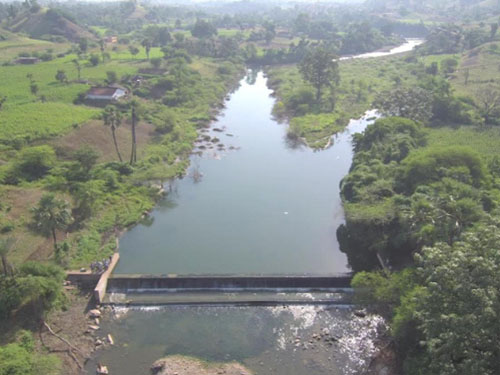
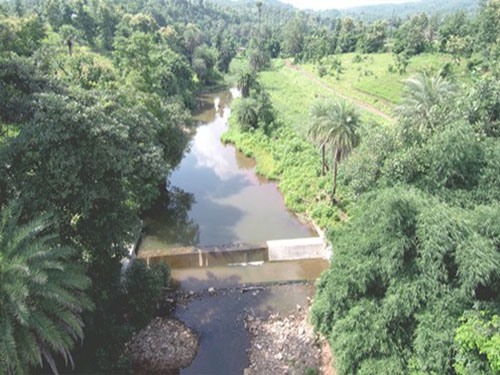
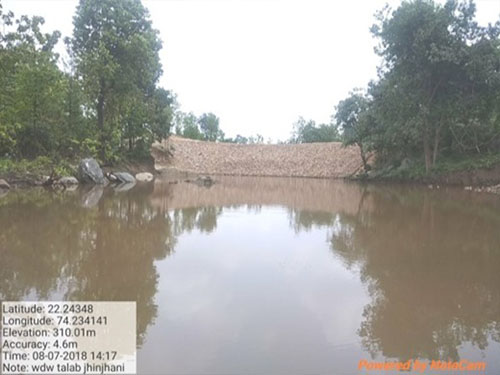
15. SMC-Soil moisture conservation program district Sehore (ITC CSR 2015-20)
Vibhavari is working as implementation partner for Soil Moisture Conservation Program under ITC Mission Sunehara Kal in Sehore district covering more than 45 villages. This program include area treatment, construction off arm ponds & irrigation tanks, group wells, plantation, water & soil conservation activities, etc. In last 4years, about 1800 hectare land was treated, benefitting roughly 6000 families.
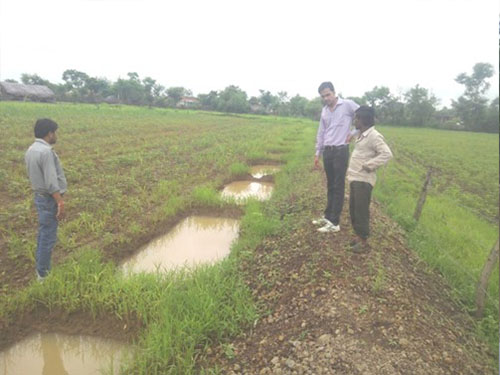
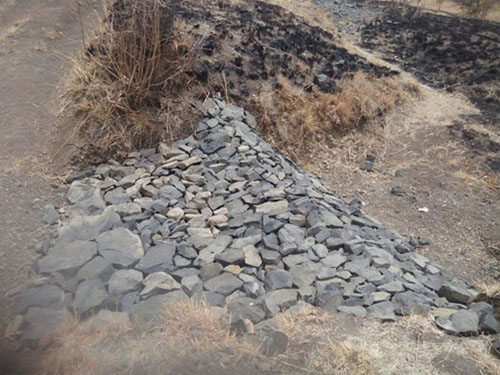
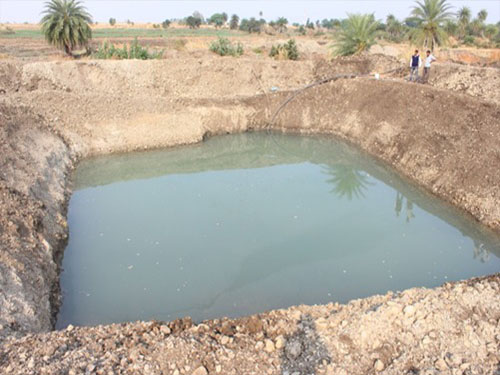
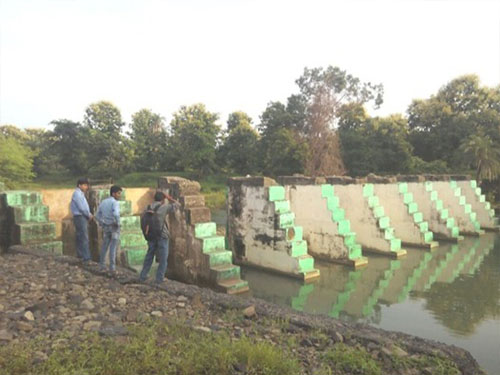
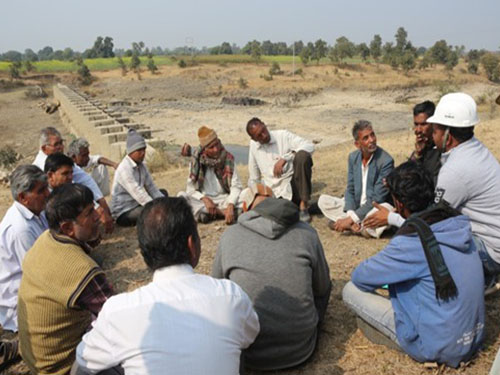
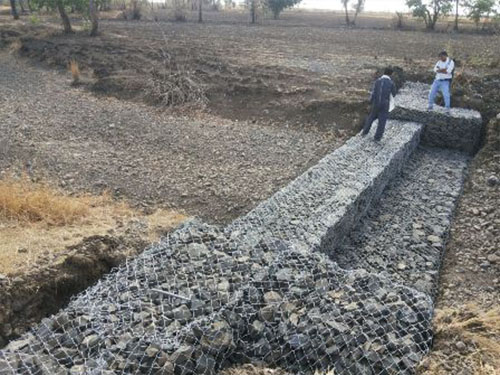

16. Rewa Sagar Zila panchayat Dewas, block Tonk khurd district dewas
Vibhavari is proudly associated with community based water conservation program – Rewa Sagar. Organization has worked at Tonk block in its home district Dewas and gaves up port to farmers for digging their own farm ponds. More than 1500 farm ponds were constructed by farmers on their own, which is a live model of doubling income of the farmers.
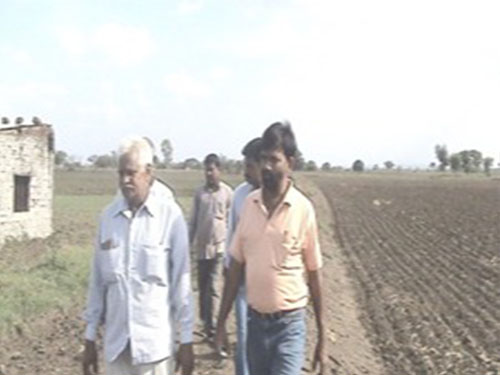
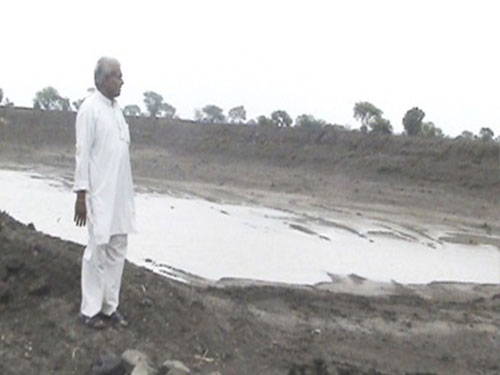
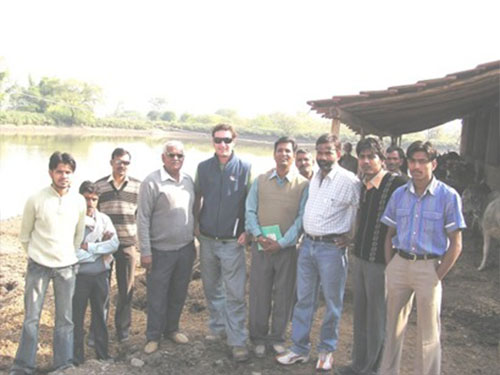
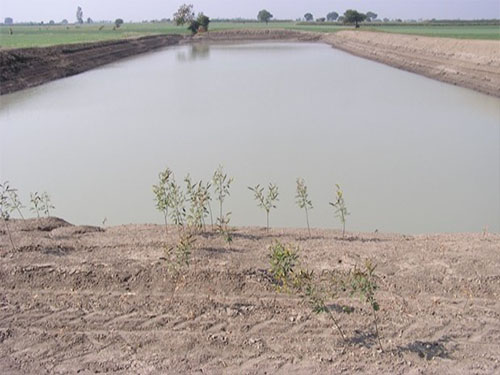
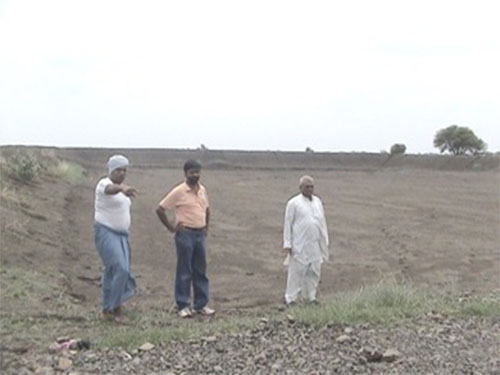
17. Increasing water storage capacity block Dewas ,district Dewas (Sun pharma CSR)
Increasing water storage capacity and augmenting groundwater levels for the benefit of the community is a key objective of this initiative. The desilting of the pond is proposed to be carried out with active participation from the local community. Currently, due to excessive silt accumulation, the pond’s water holding capacity has significantly reduced, and the rate of percolation has also declined. Through desilting, the pond’s storage capacity is expected to increase by approximately 516.60 lakh litres. As a result, more water will be available in the pond for community use compared to the current situation. Additionally, the removal of silt will enhance the infiltration rate, thereby contributing to the recharge of groundwater in the surrounding areas.
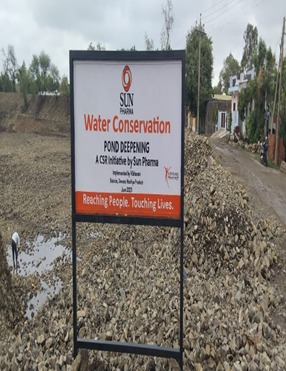
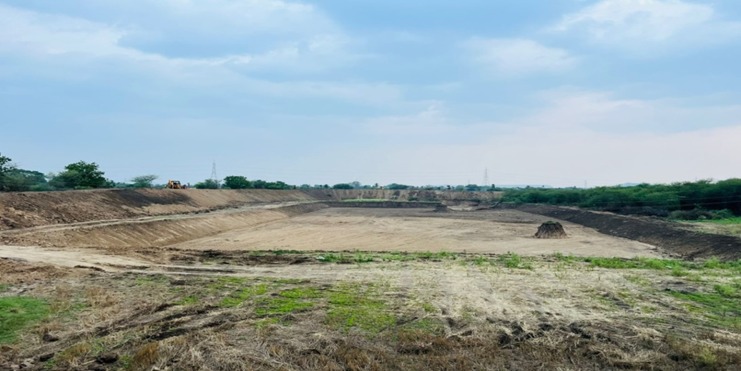
Social Movement
Vibhavari initiated water conservation movement in Dewas district of M.P. State. To bring awareness about water conservation in the local common masses, Vibhavari has put in numerous efforts like organizing events, trainings, workshops, etc. Vibhavari has been recognized as an Expert Team for Water Conservation Consultancy and Implementation. State of Rajasthan, Chhattisgarh, Maharashtra and MP have been the areas where Vibhavari has provided its consultancy on water conservation techniques. Vibhavari has been successful in making Water Conservation a social movement. Jal Yatra, Jal Jajem and Pani Chaupal are some of the events on water conservation, which were conducted by Vibhavari and got recognition at national level.
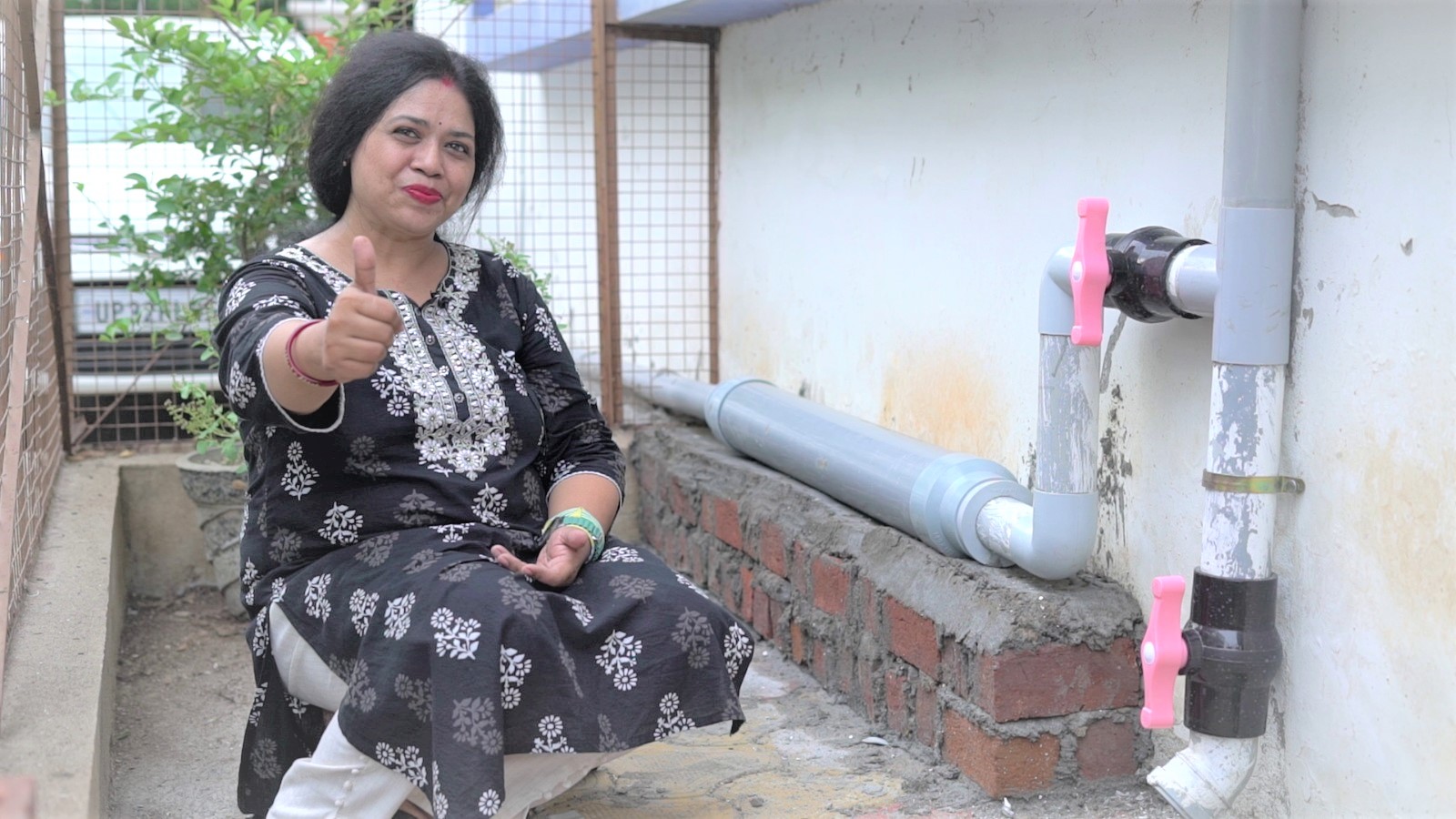
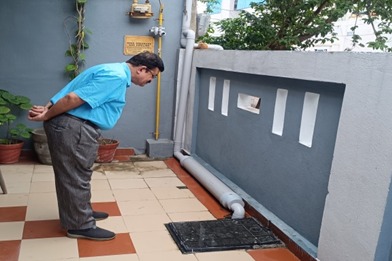
Dewas Roof Water Harvesting System
The City of Dewas was struggling with a major water crisis in year 1990; the situation was so grim that even drinking water was transported to the city that year. As opposed to that year, in a decade’s time, the water level of the city rose in a dramatic fashion making it self-dependent for its water needs. The credit goes to Roof Water Harvesting System designed and developed by one of the founder members of Vibhavari. Vibhavari developed a very low-priced model for roof water harvesting. It is worth mentioning here that during the years 1999 to 2001, there was significant work done in the field of water enrichment using this technique in about 2000 houses of Dewas city
Other Movements
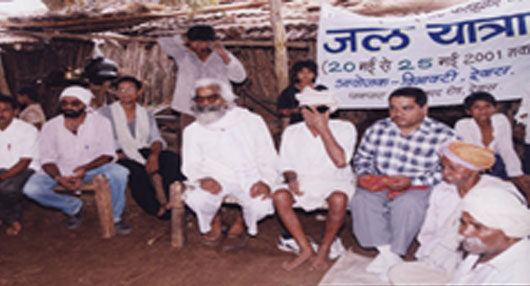
1. JAL-YATRA
A transit walk of the watershed area was conducted with the local community to assess natural resources, identify key issues, and promote collective understanding of the landscape. This participatory exercise helped in mapping water flow, soil conditions, and existing structures, while encouraging community ownership and involvement in planning for sustainable watershed management.
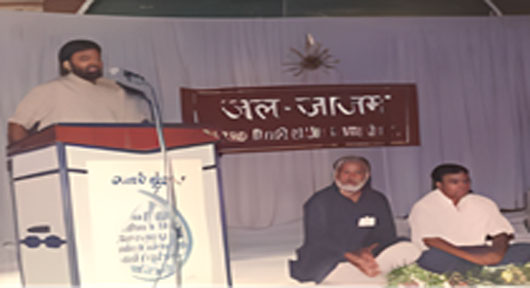
2. JAL-JAJEM & PANI CHAUPAL
A common platform was created to bring together bureaucrats, technocrats, political leaders, and community representatives to discuss and collaborate on water management issues. This inclusive approach encouraged the exchange of ideas, aligned policy with ground realities, and promoted integrated and sustainable solutions for effective water conservation and governance.
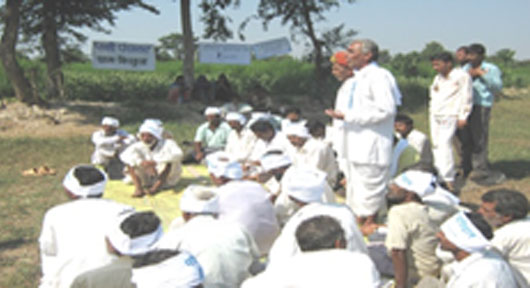
3. PANI PARIWAR
A socially formed Water User Group was established to ensure the proper maintenance of water structures and the equitable distribution of water benefits among all users. This community-driven initiative promotes shared responsibility, transparency, and fair access, fostering long-term sustainability and inclusive water resource management at the local level.
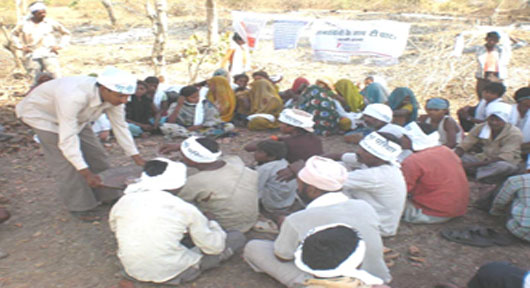
4. TEA PARTY WITH NREGS LABORERS
A socially formed Water User Group was established to ensure the proper maintenance of water structures and the equitable distribution of water benefits among all users. This community-driven initiative promotes shared responsibility, transparency, and fair access, fostering long-term sustainability and inclusive water resource management at the local level.
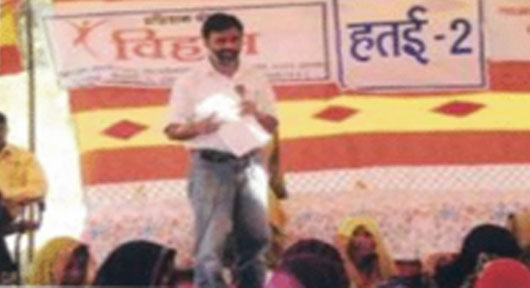
5. HATAI PROGRAM
Hatai is a Nimari word for chit-chatting. It is used quite frequently in the region of Nimar & Malwa. The name was given to the program of social gatherings of SHG and other community groups. This program was organized to bring these groups on a common platform to discuss the prevailing problems and finding a solution for same.
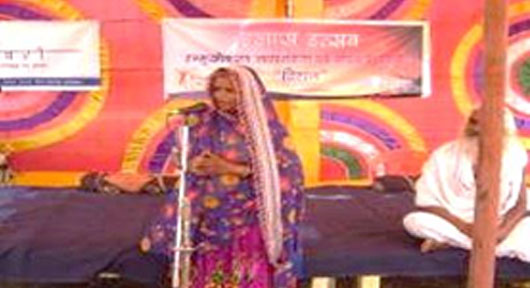
6. UJAS - A ray of Light
Ujas means Light and knowledge is light. Hence RTI and its proper use in rural areas was promoted through this program. Twelve villages around Vibhavari’s information and training center- VIHAN, were chosen to implement it. This center also provides information on Welfare Schemes of Govt. & Non-Govt. Organizations, to the village youth.
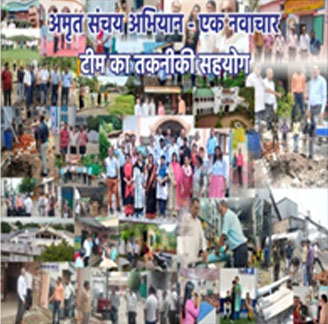
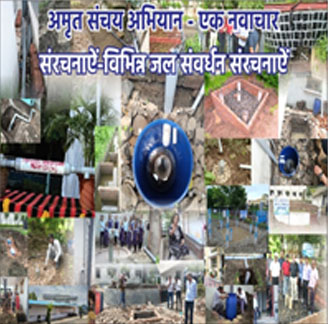
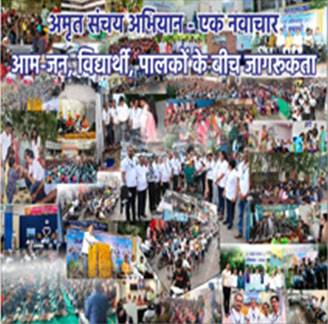
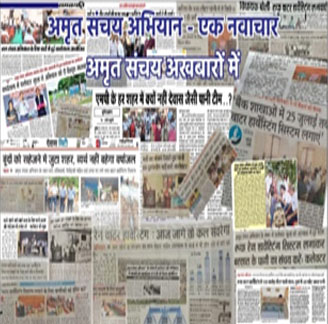
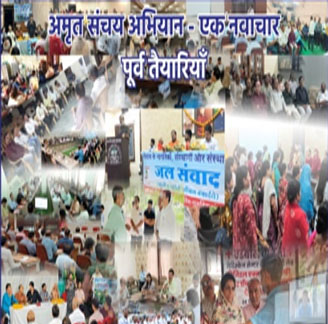
7. Amrit Sanchay Abhiyan – JAL JAN ANDOLAN, Dewas
Vibhavari has developed a new concept in Dewas (M.P.). a model for increasing ground water level by low cost Rain roof water harvesting system (RWH), Recharge pits and various recharge techniques. The campaign aimed at conserving the roof top rain water from various industries, warehouses, government & private buildings, hospitals, nursing homes hotels and households. Without any govt. funds 700-800 water structures are constructed with the output of conserving 225 crore litres of ground water through community support
Water Resource Management - Success Stories
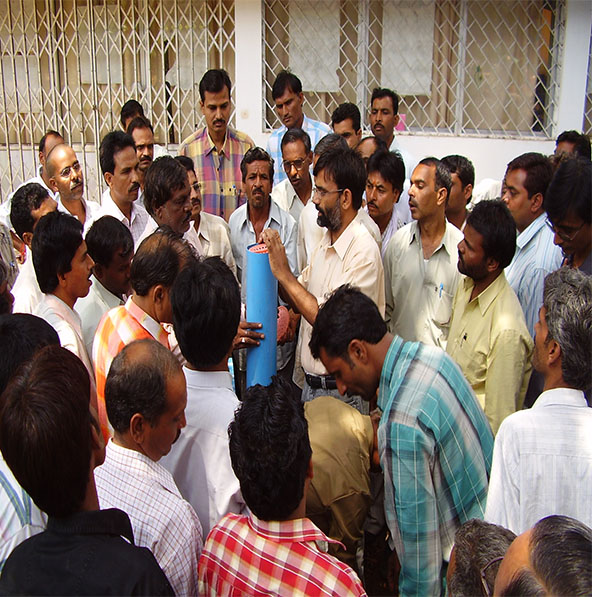
1. Dewas Roof Water Harvesting System
The City of Dewas was struggling with a major water crisis in year 1990; the situation was so grim that even drinking water was transported to the city that year. As opposed to that year, in a decade’s time, the water level of the city rose in a dramatic fashion making it self-dependent for its water needs. The credit goes to Roof Water Harvesting System designed and developed by one of the founder members of Vibhavari
Vibhavari developed a low-cost rooftop rainwater harvesting model significantly contributed to addressing Dewas city’s water crisis—initially benefiting over 2,000 households in the year 2000. Since 1997, the initiative has expanded to cover approximately 22,000 households by 2025, including the Dewas industrial area, hotels, restaurants, warehouses, schools and government buildings.
The Dewas Roof Water Harvesting System later gained national and international acclaim, earning the Best Technology Award at the International Trade Fair. It was widely covered and praised in national media for its simplicity, effectiveness, and scalability. This recognition highlighted the system as a model for decentralized water management in urban India, solidifying Vibhavari’s reputation as a leader in community-based environmental innovation.
2. Farm Pond: A Success model for small and marginalized farmers.
Tube wells have always been an expensive and risky source of irrigation for small and marginalized farmers, leaving them limited to a single crop per year. Providing technical and financial support to build farm ponds proved to be a huge success for such farmers. Vibhavari has been successful in helping and uplifting hundreds of farmers by this way, while constructing more than 300 farm ponds in a cluster of 23 villages of Sehore district. Overall 2000+ farm ponds of 199 villages of Vibhavari project area.
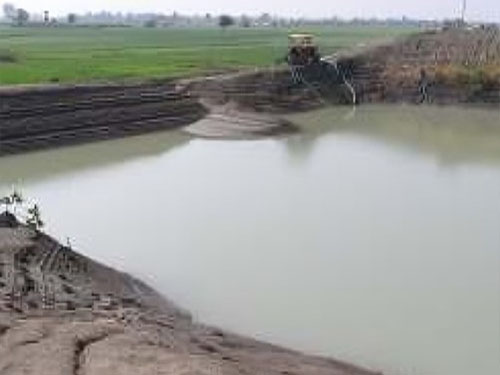
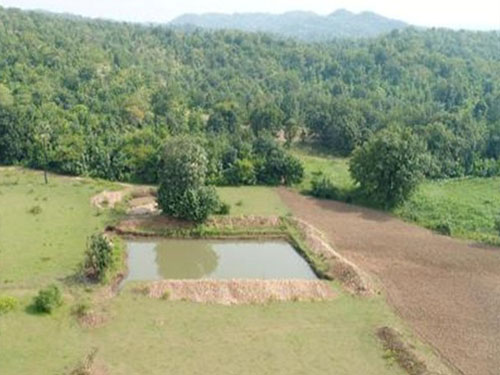

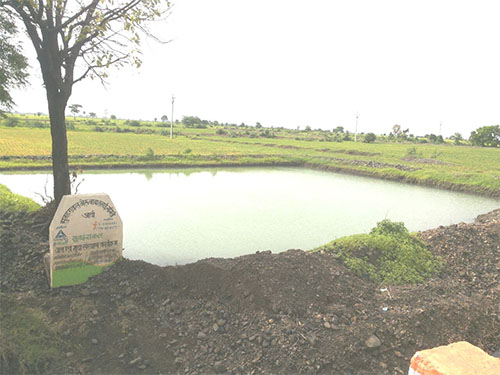
3. Panpat Success
Panpat is a small village of Dewas district known for water scarcity. Situated in a hilly region where drinking water is not easily available, this area suffered water scarcity and barely afforded single non- irrigated crop a year. With majority population of small and marginalized farmers, people of the area used to stay unemployed for nearly 8 months a year resulting in high poverty. The water crisis was also at the root of multiple other social problems.
The local banjara women for the first time came to fore and formed a committee. This was the first committee in watershed management consisting only female members in the state of M.P. The committee is still active and working for various development al issues like TSC, Gram Shiksha Samiti, PTA and many other developments – oriented missions related to rural areas. Panpat became a model of successful watershed project through community participation.

Drinking water is now easily available. The barren lands now have irrigation facilities and the farmers have started getting three crops in a year. This increased employment for the villagers and exploitation of forest resources is now reduced to a minimum. People engaged in illegal liquor extraction got jobs and the practice is almost stopped. This also brought social changes in the community like awareness towards education and health has increased. Social status of women also showed significant change.
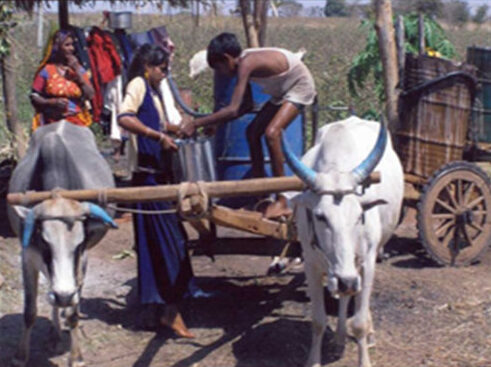
4. Kalda Pathar Success
Kalda Pathar is on the ridge of Shahnagar development tal block, the most distant part of Panna district. Vibhavari has implemented watershed projects in 8 tribal populated villages of this pathar. The worst, in terms of water scarcity, among these 8 villages was Basoda. People of this village used to travel 6 kilometers on foot to bring drinking water from Dhunwara Hills. Vibhavari started watershed work among people living in such extreme situations. About 6000 hectare land was treated by building stop – dams, ponds, farm ponds, gabion, farm trenches, loose boulders, etc.
As a result, today these villages have much increased irrigated lands. Instead of one, farmers are able to cultivate two crops an year. This has changed the financial landscape of the area to a large extent. Farmers are getting 15-18 thousand/hectare more than before and with available water they started taking rabi crops of wheat and pulses after kharif crop of rice. This way the project benefitted all 406 families of the area.
